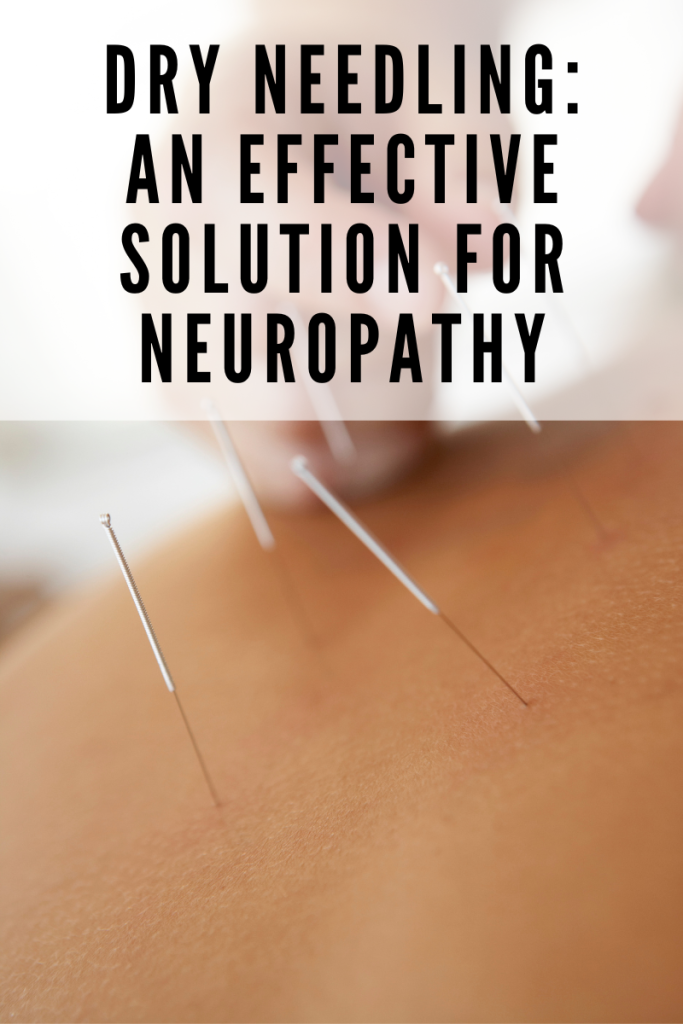Introduction
Neuropathy, a complex condition characterized by nerve damage, often leads to pain, numbness, and weakness, primarily affecting the hands and feet. While various treatments exist, dry needling has emerged as a promising approach. This post explores how dry needling can alleviate neuropathy symptoms, diving into its mechanisms, benefits, and what patients can expect from this innovative treatment.
Understanding Neuropathy and Its Challenges
Neuropathy can stem from various causes, including diabetes, infections, inherited disorders, and exposure to toxins. The condition often results in chronic pain, tingling, or numbness, significantly affecting quality of life. Traditional treatments range from medication to lifestyle changes, but for some, these are not enough.
Dry Needling: A Brief Overview
Dry needling, a modern treatment modality, involves inserting thin needles into the skin, targeting muscular trigger points. It is often confused with acupuncture, but while similar in technique, dry needling is rooted in Western medicine principles and focuses specifically on neuromuscular pain relief.

How Dry Needling Helps with Neuropathy
- Pain Reduction: Dry needling can disrupt pain cycles by targeting trigger points, offering relief from chronic neuropathic pain.
- Improved Nerve Function: By stimulating nerve pathways, dry needling can enhance nerve repair and improve function.
- Increased Blood Flow: The treatment can boost circulation, promoting healing and reducing numbness.
The Procedure: What to Expect
Dry needling for neuropathy involves inserting needles into specific areas correlating with nerve pathways. The procedure is typically quick and may result in immediate pain relief, though multiple sessions are often necessary for lasting results.
Scientific Evidence Supporting Dry Needling for Neuropathy
Recent studies indicate that dry needling can effectively reduce neuropathic pain, with many patients reporting improved sensation and reduced discomfort post-treatment.
Comparing Dry Needling to Other Treatments
While not a standalone cure, dry needling offers a complementary approach to conventional neuropathy treatments. It can be particularly beneficial for patients seeking alternatives to medications or those who have not found relief through standard therapies.
Safety and Side Effects
Dry needling is generally safe when performed by a trained professional. Common side effects include mild soreness or bruising at the needle sites, but serious complications are rare.
Finding the Right Practitioner
It’s crucial to seek treatment from a licensed healthcare professional trained in dry needling. Patients should consult with their doctor to determine if this treatment is appropriate for their specific case of neuropathy.
Conclusion
Dry needling presents a promising option for those struggling with neuropathy. With its potential to relieve pain, improve nerve function, and enhance overall quality of life, it’s worth considering for those seeking alternative or complementary treatments. As always, it’s important to discuss all treatment options with a healthcare provider to determine the best approach for your unique needs.

Recent Comments